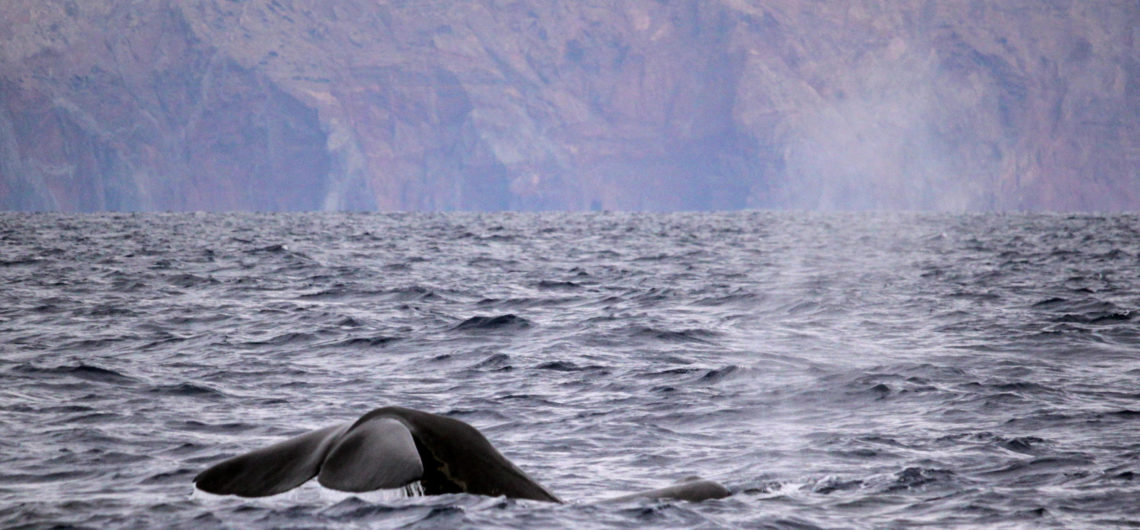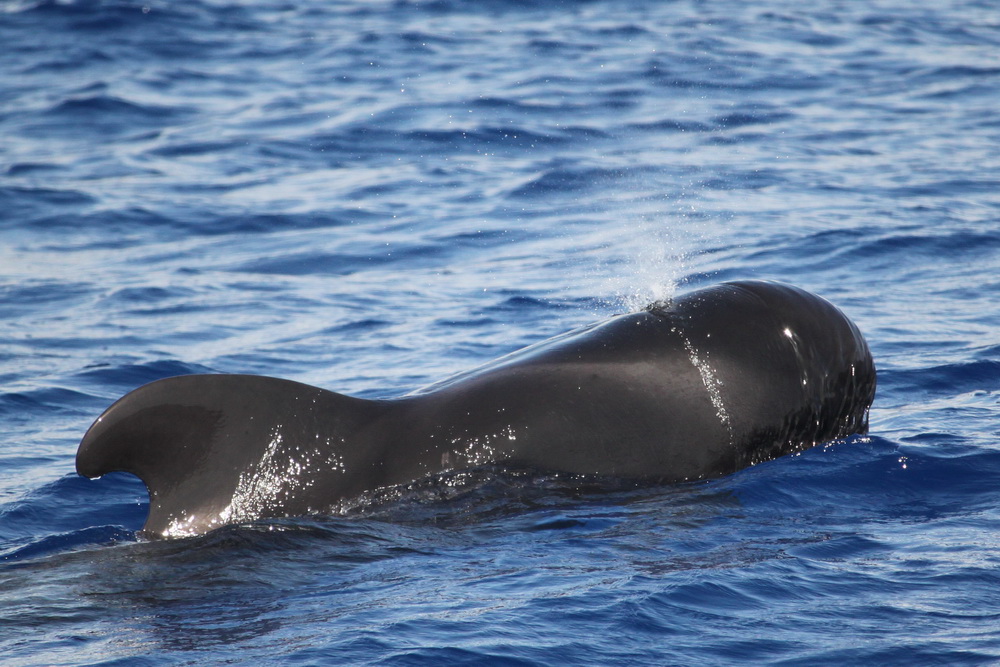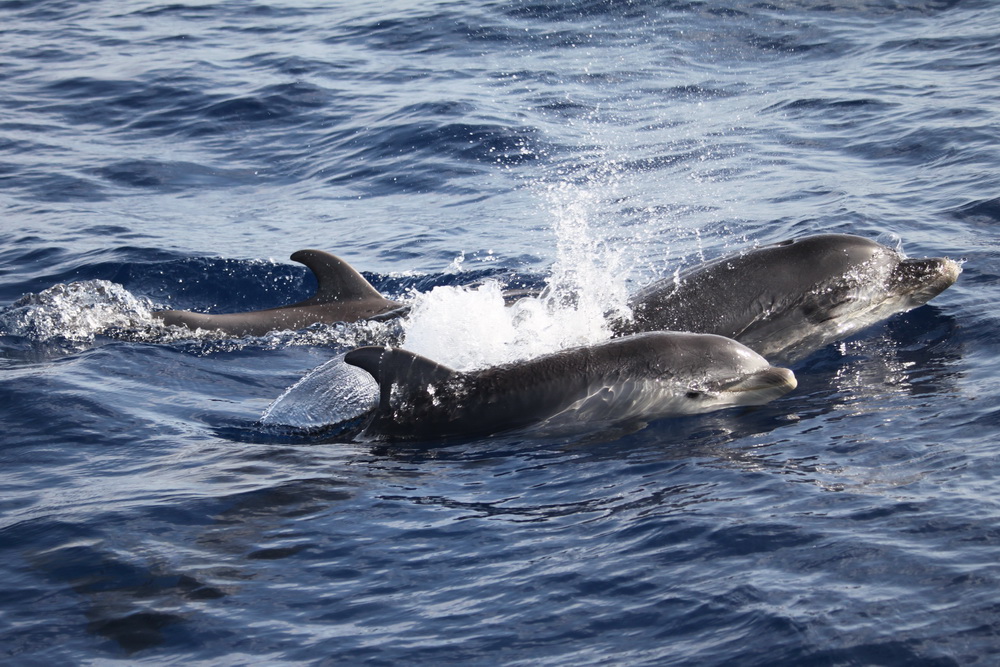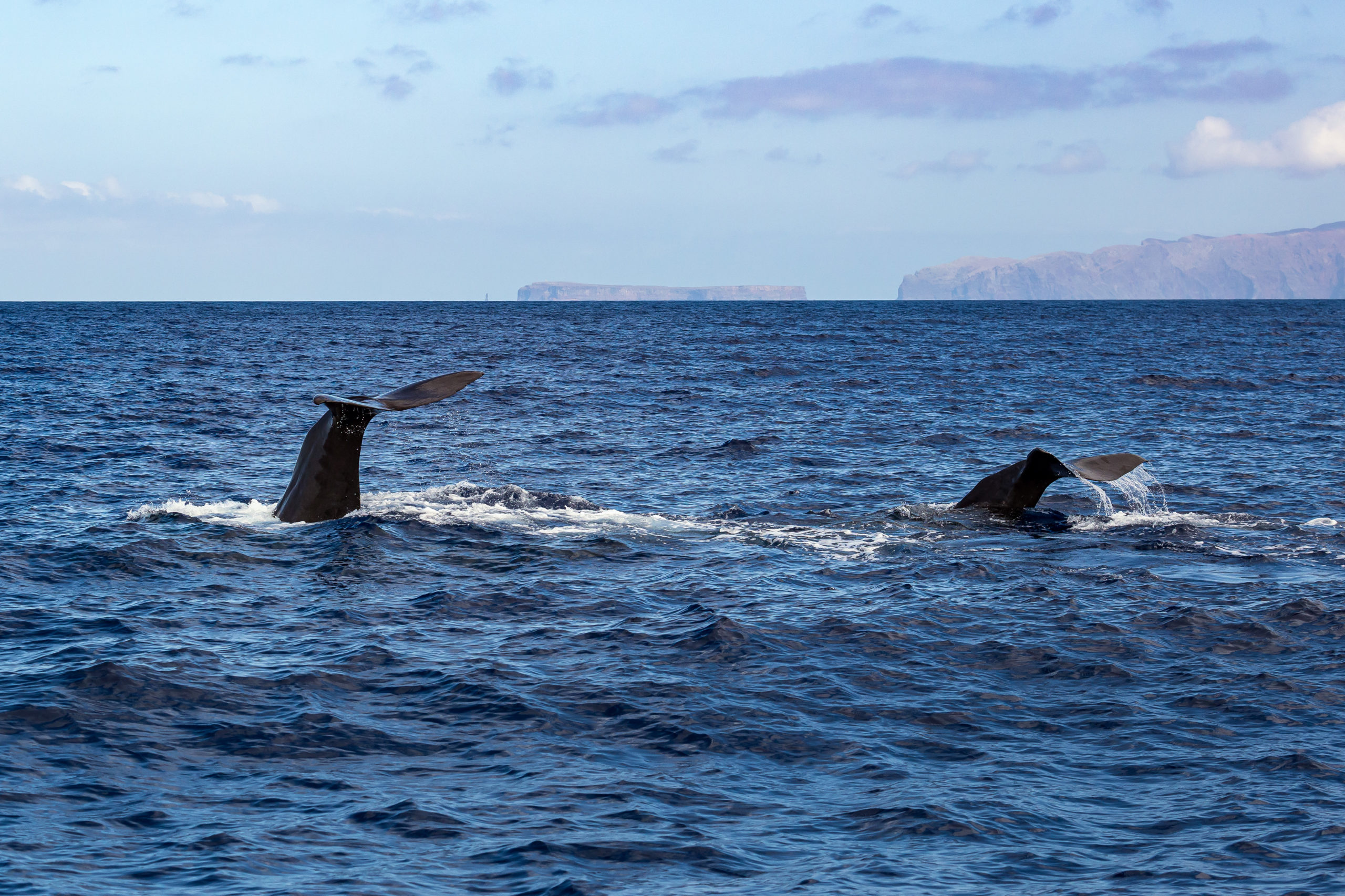Speed Boat or Catamaran for Whale Watching in Madeira? Why We Choose the Speed Boat
When it comes to whale and dolphin watching in Madeira, one of the most common questions we hear is:
“Should I choose a catamaran or a speed boat for the tour?”
At Blue Safari Madeira, we proudly operate with custom-built speed boats — and here’s why we believe it’s the best way to experience marine wildlife in the waters around Madeira.
1. Speed Means More Sightings
Our speed boats are faster and more agile, which allows us to cover a much wider area of ocean in less time. This increased range boosts our chances of finding multiple species of dolphins and whales in a single outing. While catamarans follow a more fixed route and pace, our boats can quickly respond to real-time sightings and updates from our professional spotters on land.
2. A Closer, More Intimate Experience
Speed boats offer a small-group experience, which means:
-
Less crowding
-
More personalized attention
-
Better photo opportunities
You’re closer to the water and to the action. You’ll feel the magic of a pod of dolphins swimming just meters away or the powerful presence of a whale surfacing nearby — all without being packed on a large vessel.
3. Environmentally Conscious and Respectful
Our boats are specially designed for minimal impact, and our experienced marine biologists ensure that every encounter respects the animals’ natural behavior. Being smaller and more maneuverable, speed boats can observe from a respectful distance without disturbing the wildlife, unlike larger vessels that may struggle to adapt to animal movement.
4. More Adventure, Less Waiting
Let’s face it — a speed boat is simply more exciting. The thrill of gliding across the Atlantic in search of whales and dolphins adds an adventurous edge to your day. No long waits to board, no large groups — just the ocean, the animals, and you.
Why Not a Catamaran?
Catamarans are great for those who prefer a relaxed, scenic cruise. They offer bar service and plenty of lounging space, but they usually host larger groups and follow slower, less flexible routes. If your main goal is spotting marine life up close and maximizing your time with the animals, the speed boat is the clear winner.
Come See for Yourself!
Join us on a speed boat tour in Funchal and experience Madeira’s marine life the way it’s meant to be seen — up close, respectfully, and guided by experts.
We’re confident you’ll walk away with unforgettable memories (and maybe a few amazing photos too!).
👉 Book your speed boat whale watching tour with Blue Safari Madeira today!




